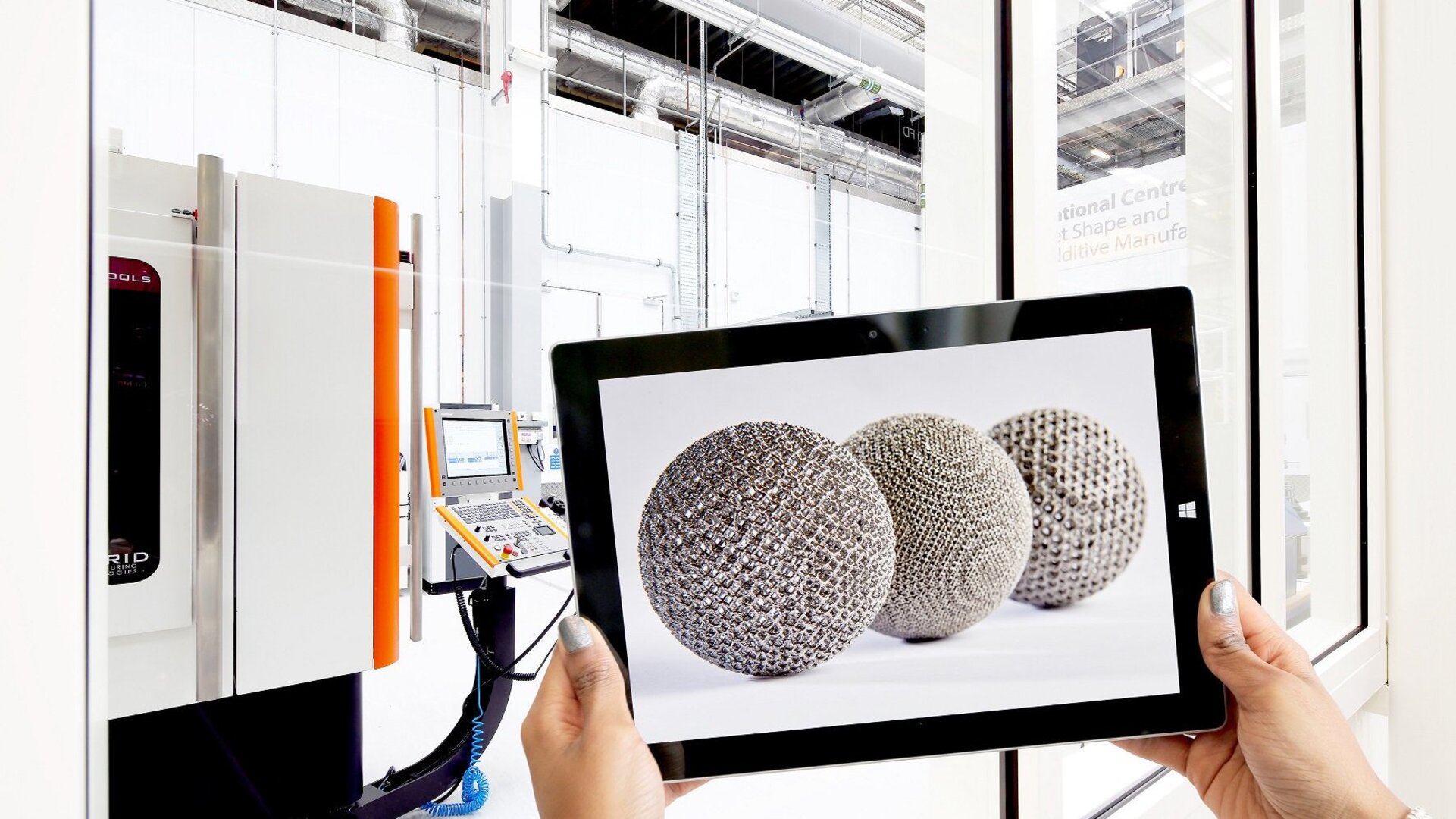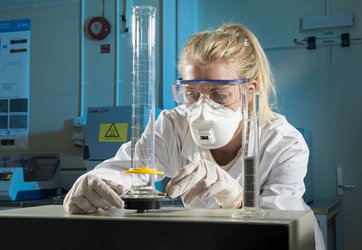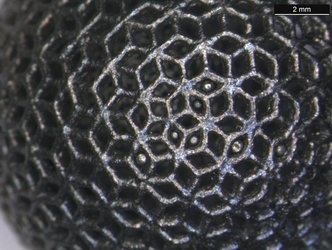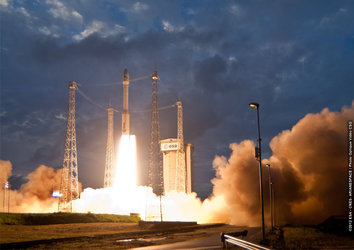New centre introducing ESA projects and space firms to 3D printing
ESA is establishing a new ‘one-stop shop’ covering 3D printing for space in partnership with the Manufacturing Technology Centre.
The MTC research organisation, based in Coventry and home to the UK National Centre for Additive Manufacturing, will manage the new ESA Additive Manufacturing Benchmarking Centre (AMBC), which will provide a simple and easy way for ESA projects and hi-tech companies to investigate the potential of 3D printing for their work.
The move will see the ESA call on the expertise of the MTC, which offers access to the latest state-of-the-art 3D printing capabilities, allowing prototype parts to be produced and then assessed in terms of their suitability for specific applications.
“The ESA’s Directorate of Technology, Engineering and Quality has called for the creation of a detailed roadmap for the harnessing of 3D printing to the space sector,” says Torben Henriksen, Head of ESA’s Mechanical Department.
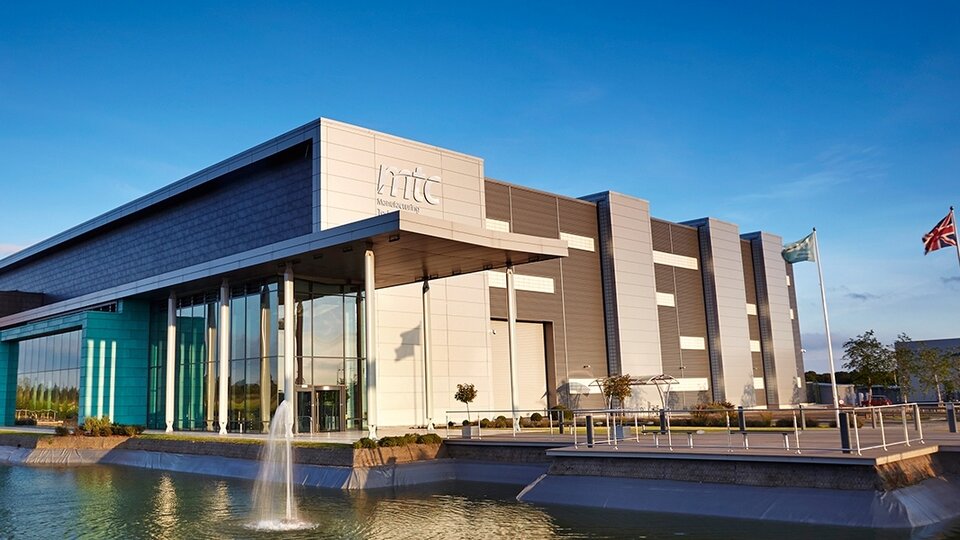
“We’ve been guided to set up this centre, with customers and industrial partners questioning us about the best way to try out 3D printing for the first time and test out the maturity of the results for their specific needs and applications.”
Tommaso Ghidini, head of Structures, Mechanisms and Materials Division, added: “Having identified this requirement, we have outsourced its operation to MTC.
““To be very clear: with this centre, we don’t want to compete with industry; on the contrary, the idea is that ESA missions and interested companies can investigate this new engineering world to the point where they can take a decision whether to adopt this technology or not. If the decision is positive, then they can mature the technology further and even in non-space markets and applications, counting on the support and expertise of this centre of excellence.”
Dr Dave Brackett, technology manager for additive manufacturing at the MTC, believes ESA’s exploration of the use of 3D printing will be incredibly beneficial for the technology: “This is a brilliant opportunity to further the technology in one of the most testing and dynamic application areas.
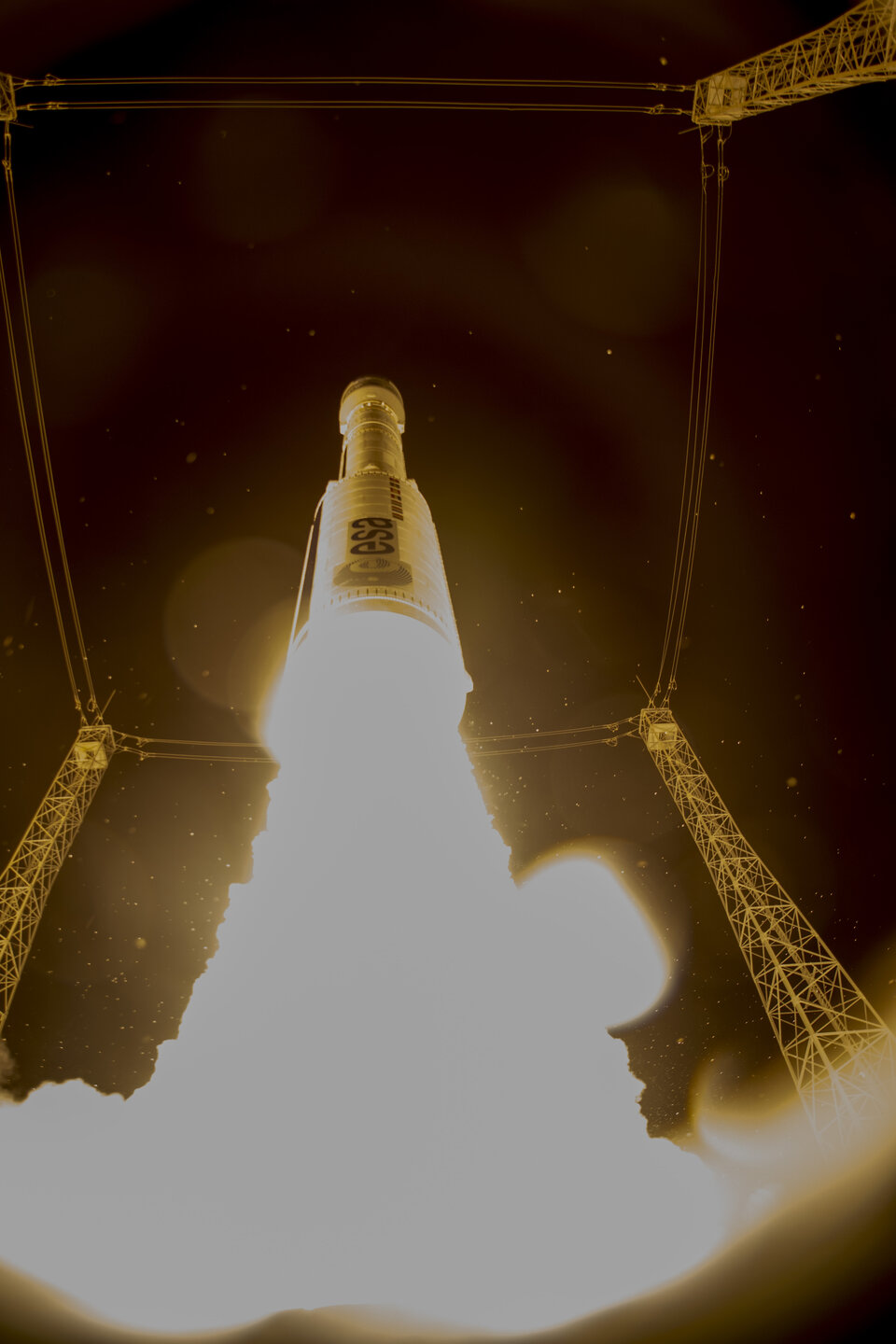
“As the UK National Centre for Additive Manufacturing, we are in a unique position to work with ESA as their Additive Manufacturing Benchmarking Centre and provide the space sector with access to state-of-the-art capability and understanding to support industrial exploitation.”
Europe’s Vega small launcher will be the first project to make use of the Centre.
“By evolving Vega over time, we aim to hone its competitiveness, increase its flexibility and reduce recurring costs,” said Giorgio Tumino, overseeing Vega’s development programme for ESA.
“We’re cooperating with AMBC to investigate the use of 3D printing for rocket engine thrust chambers for Vega’s upper stage, potentially allowing for a significant simplification in production and reduced costs.
“For such high–pressure/high-efficiency liquid rocket thrust chambers, a good surface finish is essential, with the absence of critical defects and the equivalent strength properties of its parent material – produced to a size at the limit of the current capabilities for powder-based additive manufacturing machines, using non-standard alloys.
“AMBC will demonstrate the capability to use 3D printing on copper-based thrust chambers and set the proper process parameters, producing a one-third scale thrust chamber that can then be used for firing tests.
“If all goes well, then the next step would be to scale it up to full scale, and start the formal qualification of the process for flight use.”
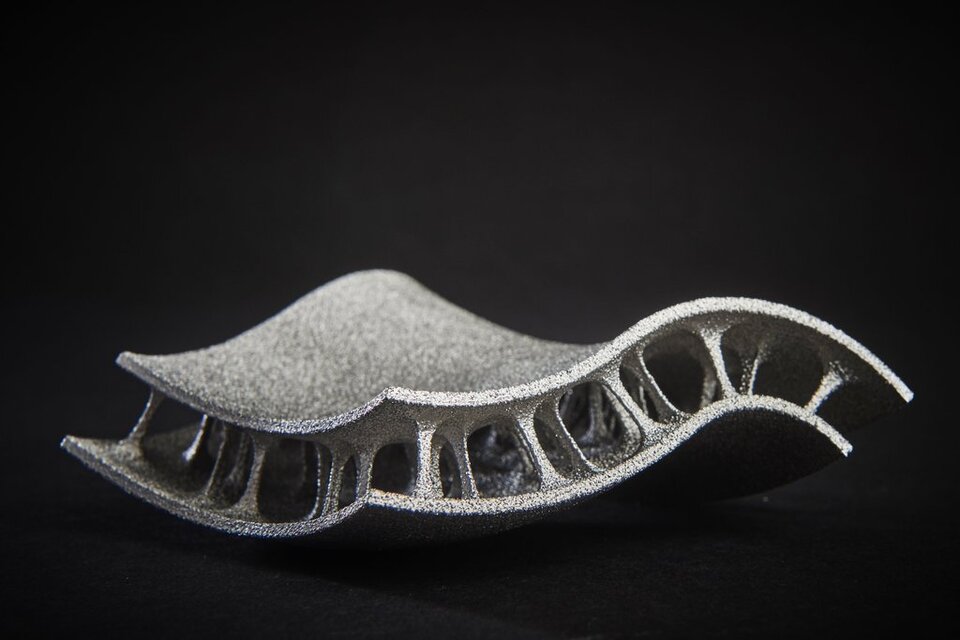
The facility maintains a broad portfolio of materials, machines and post-processing options, which will enable AMBC to print a variety of test hardware, using polymers, metal and ceramic 3D printers.
Follow-up testing, including detailed failure investigations, will supply customers with a fuller understanding of the strengths and weaknesses of their chosen 3D printing method, along with advice on future improvements.
All test results generated by AMBC will be published in a Europe-wide newsletter, to spread its knowhow as widely as possible, and consolidate European leadership in 3D printing.
The centre, on the MTC campus, is about an hour’s journey from the ESA–Rutherford Appleton Laboratory Advanced Manufacturing Laboratory at ESA’s Harwell facility, which is focused on improving scientific understanding of 3D printing and other advanced manufacturing techniques.


